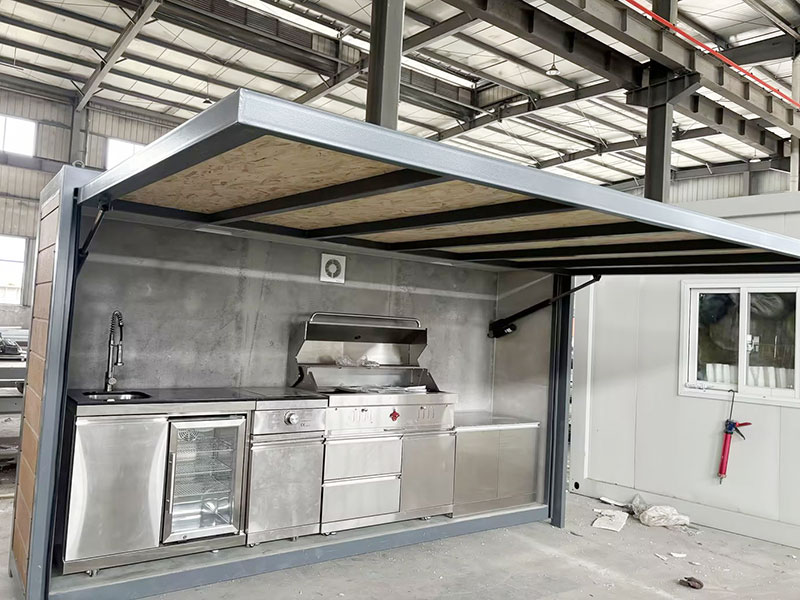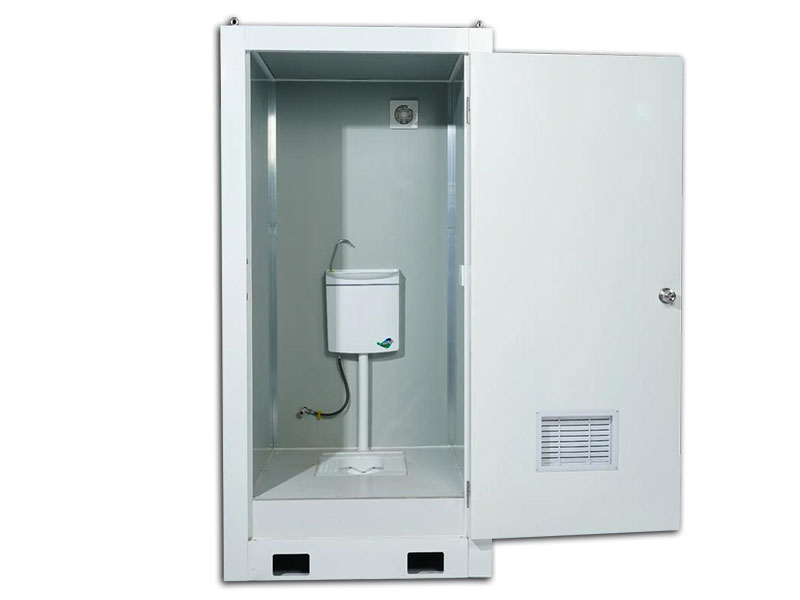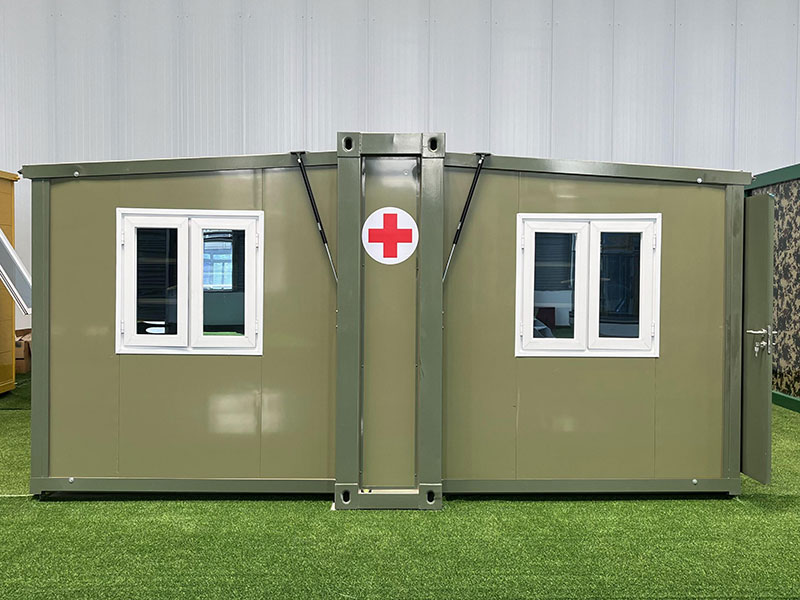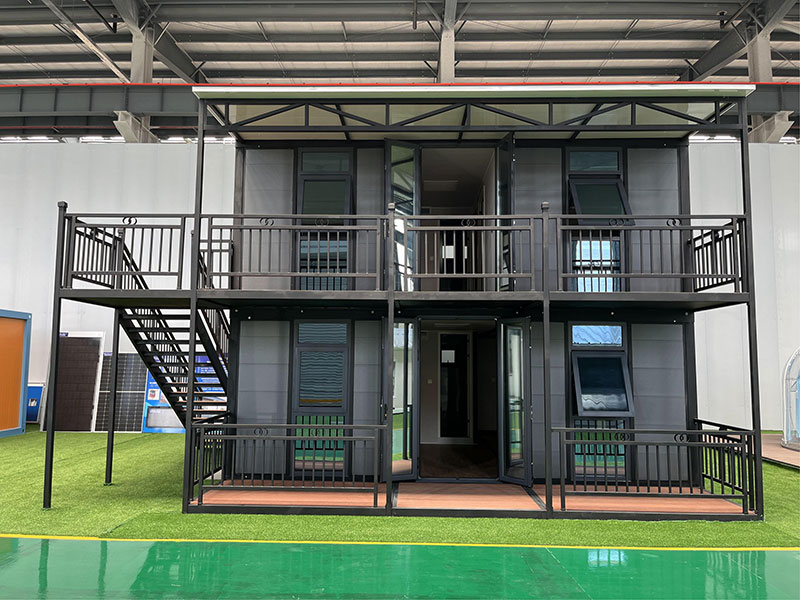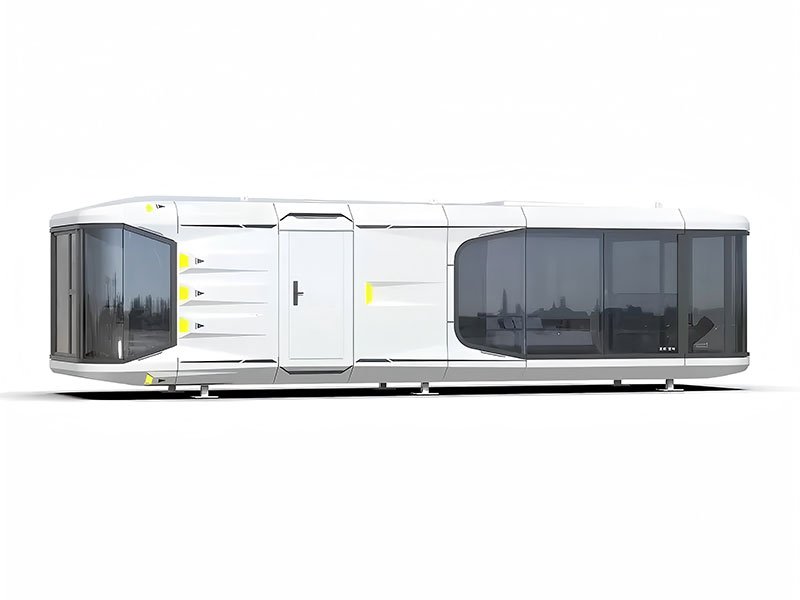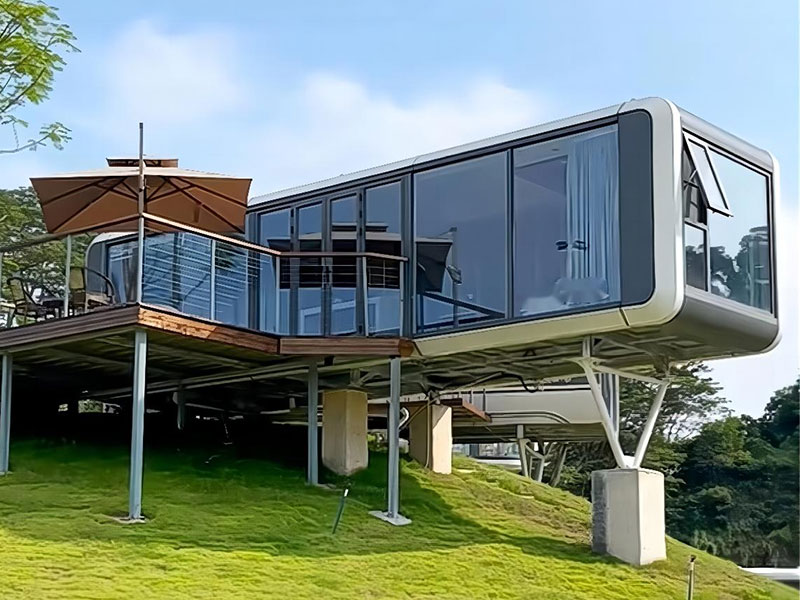How Prefab Container House is Transforming Temporary Accommodation Options
2025-05-29In the realm of temporary accommodation, the prefab container house is making a significant impact, offering a fresh and practical alternative to traditional solutions. This innovative housing concept is transforming the way we think about short – term living arrangements, whether it’s for disaster relief, construction projects, or tourism – related stays.
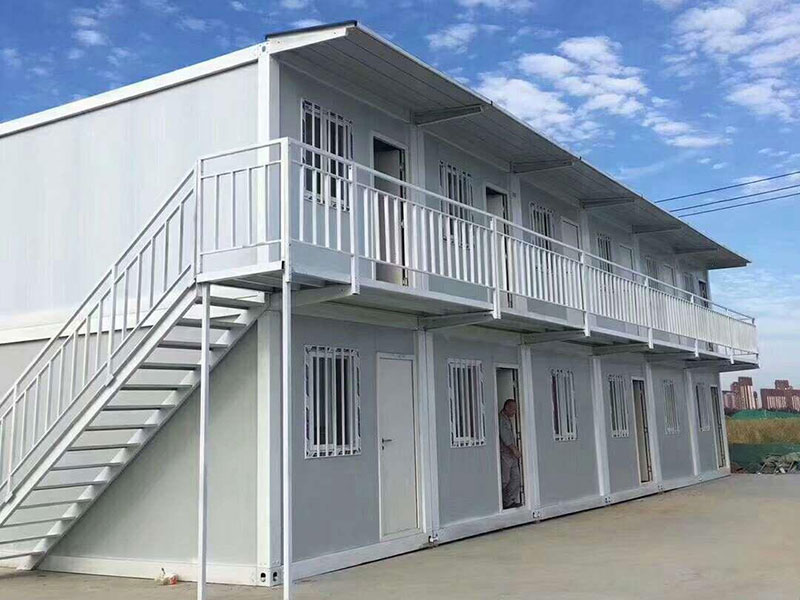
Advantages Over Traditional Temporary Accommodation
Compared to traditional temporary accommodation such as tents or mobile homes, the prefab container house provides numerous advantages. Tents, while portable, lack the comfort and security that a container house offers. A prefab container house has a solid, insulated structure that protects occupants from harsh weather conditions, including heavy rain, strong winds, and extreme temperatures. The use of high – quality materials in its construction ensures durability, reducing the need for frequent replacements.
Mobile homes, on the other hand, can be bulky and difficult to transport and set up. In contrast, the prefab container house is designed with mobility in mind. Its compact size and lightweight yet sturdy build allow for easy transportation on trucks or trailers. Additionally, the assembly process is relatively quick and straightforward, often requiring less time and labor compared to setting up a mobile home. This makes it a more convenient option for those in need of rapid deployment of temporary accommodation.
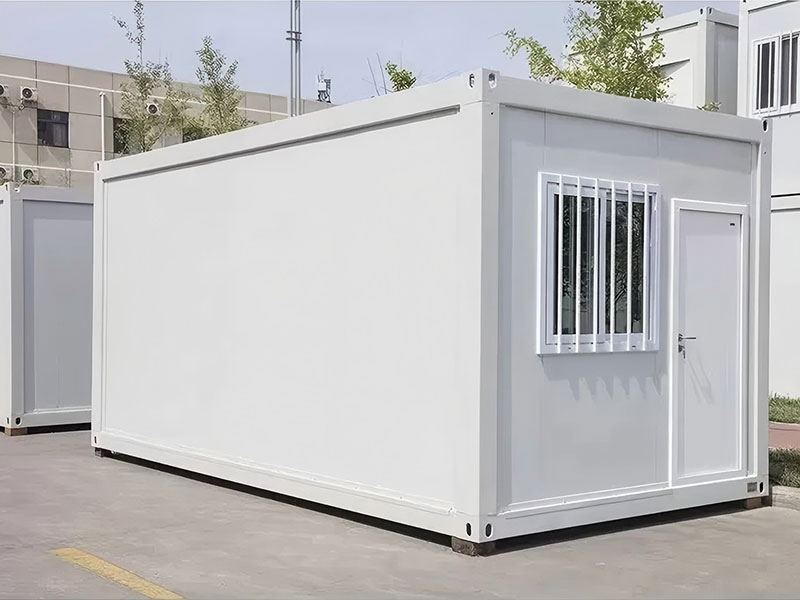
Applications in Disaster Relief
One of the most crucial areas where prefab container house is transforming temporary accommodation is in disaster – relief efforts. After natural disasters such as earthquakes, hurricanes, or floods, there is an immediate need for safe and comfortable housing for displaced individuals. prefab container houses can be quickly manufactured in factories and transported to the affected areas.
These houses can be set up in organized camps, providing a private and secure living space for survivors. They come equipped with basic amenities like beds, storage space, and in some cases, even small kitchenettes and bathrooms. This is a significant improvement over the often – overcrowded and less – comfortable temporary shelters typically used in disaster situations. The ability to provide a sense of normalcy and privacy to those who have lost their homes is a major advantage of prefab container house in disaster – relief scenarios.
Use in Construction and Remote Projects
In the construction industry and for remote projects, prefab container house has become an increasingly popular choice for temporary accommodation. Construction workers on large – scale projects often need to stay near the job site for extended periods. Instead of commuting long distances every day, they can live in prefab container houses set up on or near the construction site.
These container houses offer a comfortable living environment after a long day of work. They can be customized to include features such as shared kitchen and dining areas, laundry facilities, and common rooms, creating a small community – like atmosphere. For remote projects in areas with limited housing options, like oil and gas exploration sites or scientific research stations in remote locations, prefab container house provides a reliable and convenient accommodation solution.
Role in the Tourism Industry for Short – Term Stays
The tourism industry also benefits from the prefab container house as a form of temporary accommodation. In popular tourist destinations, especially during peak seasons, there is often a shortage of available hotel rooms. Prefab cabin can be set up in campsites or on the outskirts of tourist areas to meet the increased demand.
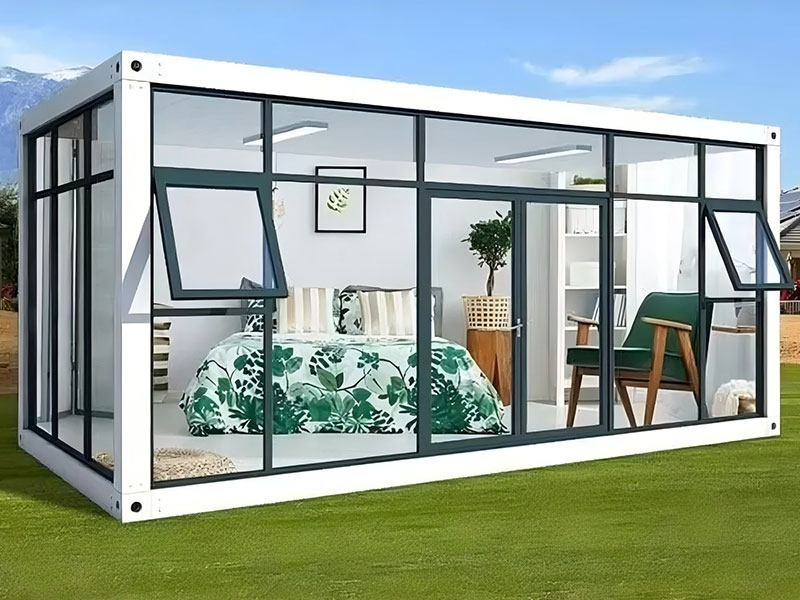
Tourists are attracted to the unique experience of staying in a prefab container house. They offer a blend of comfort and adventure, with many models featuring modern amenities and a distinctive design. Some porta cabin are even located in scenic areas, allowing guests to enjoy beautiful views while having a cozy place to rest. This has opened up new opportunities for tourism businesses to offer alternative and attractive accommodation options to travelers.
In conclusion, the prefab container house is truly transforming the options of temporary accommodation. Its numerous advantages over traditional options, along with its wide range of applications in disaster relief, construction, and tourism, make it a game – changer in the housing industry. As the demand for flexible and efficient temporary living solutions continues to grow, the prefab container house is likely to play an even more prominent role in the future.

